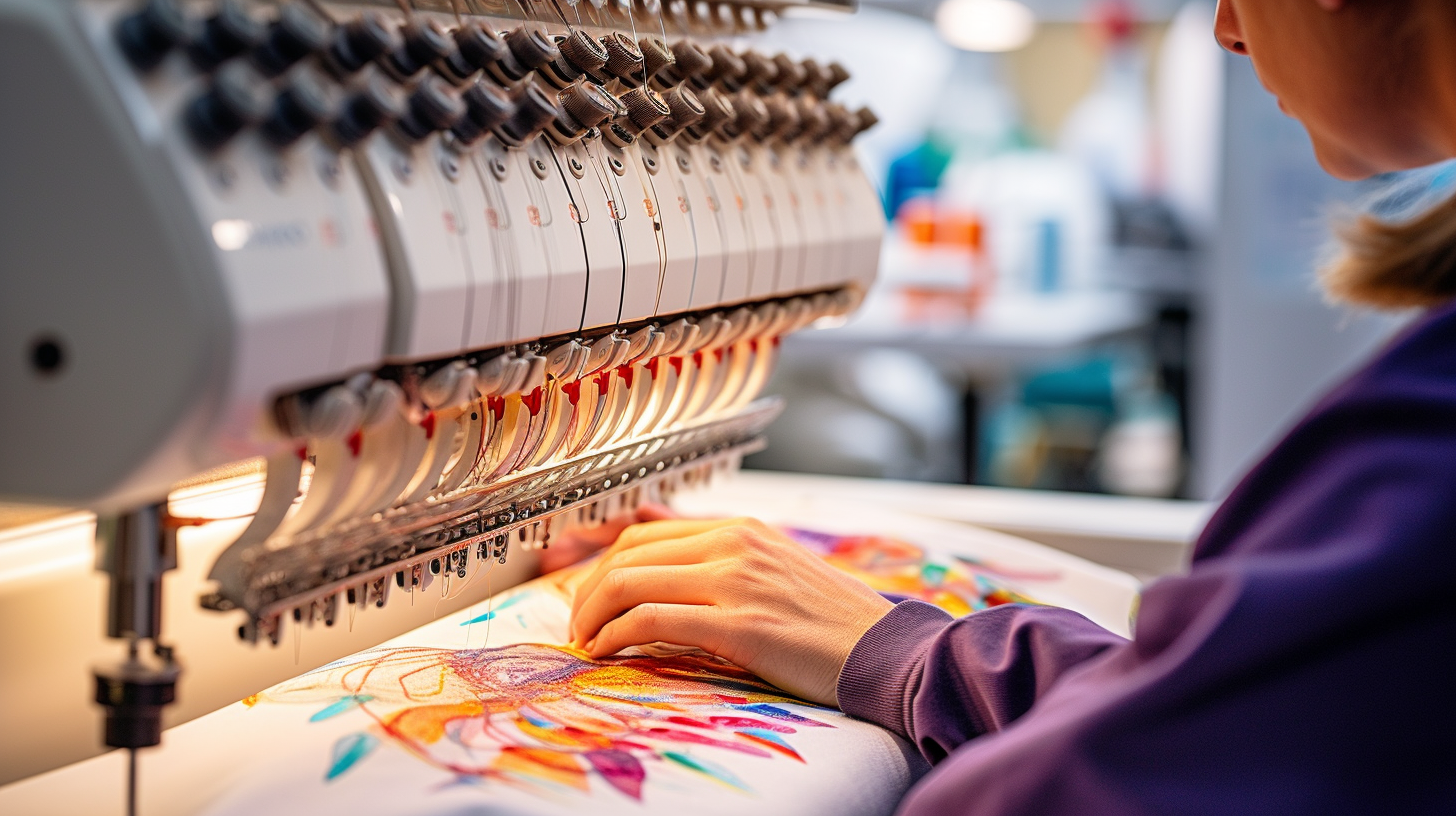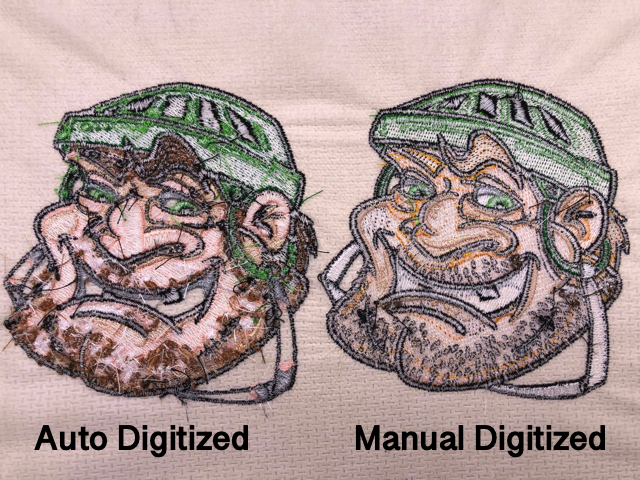Comprehensive Digitizing for Embroidery: From Layout to Sew
Comprehensive Digitizing for Embroidery: From Layout to Sew
Blog Article
Simplifying the Art of Embroidery Digitizing: Step-by-Step Guide
As modern technology proceeds to breakthrough, the digitization process has become much more easily accessible, permitting lovers to bring their complex styles to life with ease. In this guide, we will decipher the intricacies of needlework digitizing, damaging down each step systematically to simplify the procedure and equip both newbies and experienced embroiderers alike.
Recognizing Embroidery Digitizing Software Program
Embroidery digitizing software application works as an essential device for transforming intricate layouts right into electronic styles compatible with needlework equipments, assisting in precise sewing and customization. This customized software application allows customers to import different photo documents layouts, such as JPG or PNG, and convert them right into needlework machine-readable styles like DST, EXP, or PES - Digitizing for Embroidery. By making use of features like stitch modifying, underlay alternatives, and thread color option, digitizing software application allows customers to manage every aspect of the style process
In addition, advanced embroidery digitizing software supplies tools for producing complex designs, readjusting stitch density, and integrating detailed details. Customers can also sneak peek the design before sewing it out, making certain accuracy and decreasing errors. Furthermore, several software application give automatic functions that aid improve the digitizing procedure, saving effort and time.
Comprehending the abilities of embroidery digitizing software program is important for attaining high-grade cause needlework jobs. By mastering this device, needlework lovers and experts can release their imagination and bring detailed styles to life with precision and performance.

Choosing the Right Style Data
After familiarizing yourself with the capacities of embroidery digitizing software application, the following essential action in the procedure is choosing the best layout data for your task. Digitizing for Embroidery. When selecting a design documents for needlework digitizing, it's necessary to take into consideration the complexity of the design, the dimension of the last product, and the kind of material you will certainly be working with
For intricate designs with great details, a high-resolution picture or vector file is advised to guarantee that the needlework equipment can precisely recreate the design. Furthermore, the size of the last item plays a considerable role in selecting the best style data. Bigger designs may need greater resolution files to maintain clarity and sharpness.
Additionally, the type of material you will certainly be embroidering on influences the selection of layout data. Different textiles might need adjustments in the style data to guarantee that the stitches are appropriately aligned and the layout looks like planned. By carefully selecting the right layout file based on Read Full Report these variables, you can set on your own up for an effective embroidery digitizing procedure.
Digitizing Tools and Methods
Using specialized software and accuracy methods, digitizing tools are necessary in transforming intricate designs into embroidery-ready files. Embroidery digitizing software program, such as Wilcom, Hatch, or Embrilliance, provides the necessary system to transform art work into stitch data. These programs use features like stitch editing and enhancing, underlay options, and text devices to ensure the style converts seamlessly onto material.
One of the crucial techniques in digitizing is producing a clear course for the embroidery equipment to adhere to. This involves digitizing each aspect of the layout with accuracy, identifying stitch kinds, densities, and instructions. By utilizing devices like digitizing tablets or software-specific plugins, embroiderers can attain blog a high degree of accuracy in their digitized layouts.
Additionally, grasping the art of padding sewing is crucial for generating high quality needlework. Underlay stitching supports the material and produces a foundation for the design, ensuring that the end product is both aesthetically attractive and durable. By comprehending these digitizing tools and methods, embroiderers can raise their craft and bring intricate designs to life with precision and effectiveness.
Personalizing Stitch Kinds and Instructions
Having established a foundation in digitizing devices and methods, a vital aspect in advancing needlework craftsmanship hinges on personalizing stitch types and instructions with precision and function. The option of stitch types can substantially influence the overall appearance and appearance of the stitched style. Satin stitches, recognized for their smooth and glossy finish, job well for creating borders and message. On the other hand, fill stitches are perfect for covering larger locations effectively. By strategically integrating these stitch types, embroiderers can attain depth and dimension in their styles.
Additionally, the direction of stitches plays a critical function in enhancing the visual appeal of the final needlework. By experimenting with different stitch angles and patterns, embroiderers can bring their designs to life with amazing detail and complexity.
Testing and Refining Your Digitized Style
To make sure the precision and quality of your digitized design, comprehensive testing and improvement are essential action in the needlework digitizing process. When you have actually completed the digitization of your layout, it is crucial to examine it prior to continuing with the actual embroidery. Testing enables you to identify any kind of prospective issues such as string breaks, stitch density troubles, or layout distortions that may impact the final outcome.

After screening, it is important to improve your digitized design based on the comments from the examination sew-out. This may include tweaking sew setups, changing thickness, or making modifications to the total design to attain the preferred result. By iterating with screening and refinement, you can fine-tune your digitized layout to perfection prior to moving on with the real needlework procedure.
Final Thought
To conclude, understanding the art of embroidery digitizing calls for a comprehensive understanding of the software, choosing the appropriate layout documents, utilizing digitizing tools and techniques, personalizing stitch types and instructions, and testing and fine-tuning the digitized style. By adhering to these steps, embroiderers can simplify the digitizing process and develop top notch embroidered layouts with accuracy and efficiency.
Report this page